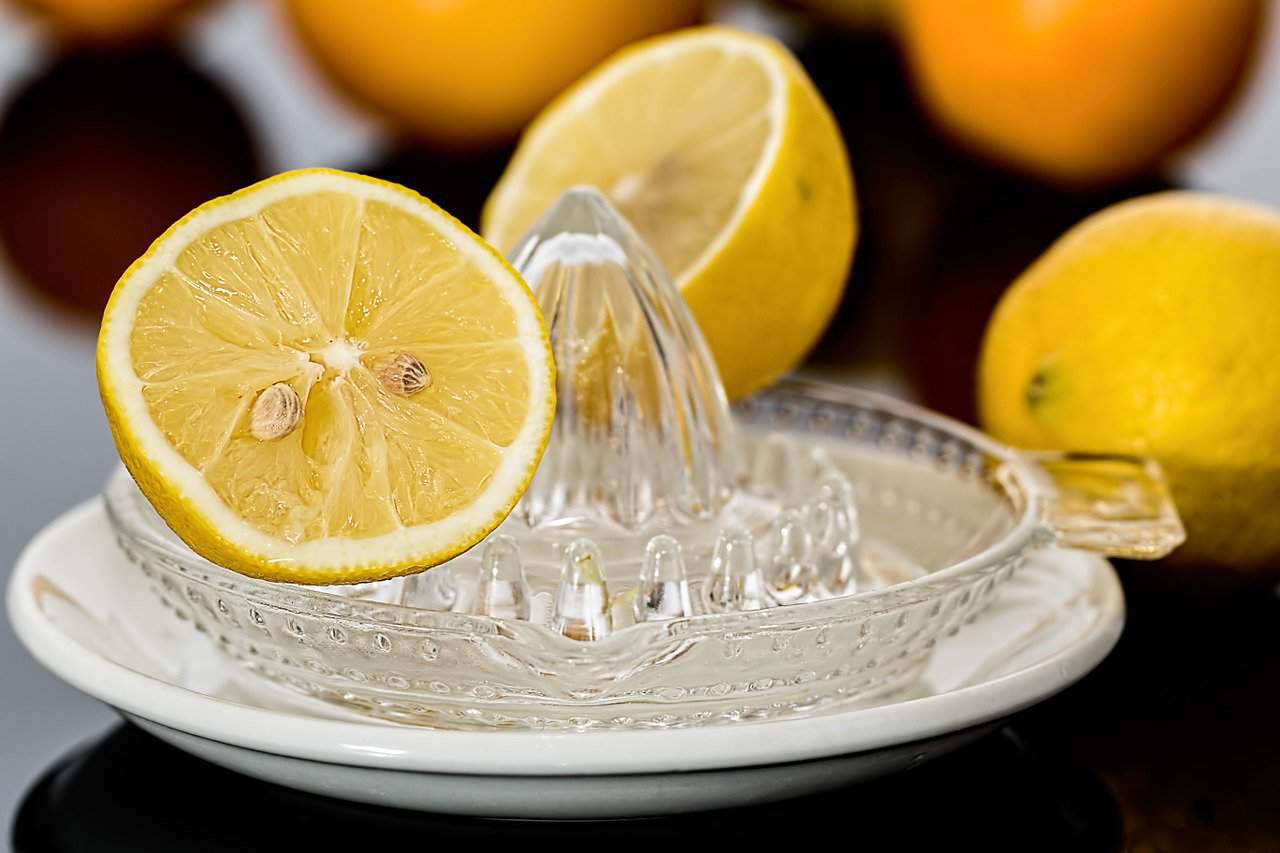If there is one place you might find me, more often than not, it’s in the kitchen. I enjoy baking, cooking, and trying out new recipes.
But, sometimes, certain food items or recipes have a high amount of sourness. This is due to high amounts of acid in certain ingredients. Some examples of these acids include fumaric acid, malic, acetic, and citric acid.
The question is: how do you reduce the sourness in the food?
To balance out a specific flavor in food, simply add a flavor on the opposite side of the spectrum. For example, to reduce the sour taste in food, add a sweetener such as sugar, honey, or caramelized onions. Alternatively, you could add cream to help balance the taste or dilute the dish. Furthermore, to make the dish more alkaline, add a pinch of baking soda as it neutralizes the acid in the food.
How to reduce the sour taste in food
Some dishes may have an overly sour taste to them. This is due to the amount of acid that can be found in certain ingredients such as tomatoes, saucer kraut, vinegar, and beets.
What’s the difference between sourness and tartness?
The word sour is a broad term. It incorporates a range of different tastes on the sour spectrum. To further explain this, let me use an example. When milk has gone past its expiry date, you may refer to the milk as being sour. On the other hand, the taste and smell of vinegar may also be described as sour. But these two elements are completely different and yet the same.
The sour taste can be described as sharp, acidic, and somewhat tangy.
Tart is a taste that falls under the sour spectrum. It’s a type of sour to be exact. But, unlike the highly acidic taste of items we commonly refer to as sour, tart more closely describes acidic fruitiness.
Tart has less of a bitter taste to it and more of an acidic,tangy taste. Tartness also implies that the sour taste comes from acidic fruit such as lemon, lime, or grapefruit.
Reducing sourness in food
The taste profile is made up of five particular tastes, including sour, sweet, umani, bitter, saltiness. Most of these flavors can easily be balanced with sugar. For example, if food is too spicy or too bitter, you can counter it with a little bit of sugar.
1. Add sugar
For the most part, the sour taste in food can easily be balanced out by introducing something sweet to the dish, such as sugar, maple syrup, honey, or caramelized onions.
To balance out a dish with a strong tart taste, such as apple pie, you may want to add a salted caramel topping. Both the salt and the sweet caramel work wonders at minimizing the tart taste of the pie. Furthermore, let’s say you have prepared a pomegranate sauce to be used in your dinner dish. But, the tart flavor profile is very overpowering in the sauce.
To make this sauce less sour, you may need to add a pinch of sugar. It will remove the tart taste and make the sauce pleasant tasting, allowing you to savor the pomegranate taste better.
Alternatively, for a food item with an overtly sour taste, such as certain cheeses (goat’s milk), simply add something sweet such as a fruit preserve.
In fact, sugar is a great product to reduce most flavor profiles that are too dominant in a dish.
Take for example, a curry dish. It’s so easy to overspice this dish and end up with something that is too salty or too hot in flavor, due to the curry spices that were used. By adding a little bit of sugar to the curry stew, you can dramatically reduce the dominant flavor profile and make the dish more balanced.
2. Use baking soda
Alternatively, you could use a pinch of baking soda to balance the acidic taste of the food, as baking soda is alkaline. Do not use too much too much of it as it has a very unpleasant taste that can quickly overpower a dish.
3. Dilute the dish
Another common and easy trick to reduce the sourness in a dish is by diluting the dish. This can be achieved by adding more liquid to the dish if it is a savory dish and allowing the liquid to evaporate during the cooking process, which in turn may reduce the sour taste.
How to reduce sourness in tomato puree
Tomato puree is simply a more concentrated version of tomato sauce. And, as previously mentioned, tomatoes are known to have a high amount of acid, which can easily make the paste taste somewhat sour.
Having said that, tomato puree gives most stews, curry dishes, and marinara sauces a depth of flavor that is otherwise unachievable. The problem arises that the puree may make the dish taste a little bit too sour.
But, this is an easy fix. The fastest and simplest way to reduce the acidic taste in the food is to add a teaspoon of sugar to the pot. That should instantly dissolve the sour taste. You may have also noticed that some recipes call for the use of sugar as an ingredient when using an acidic ingredient such as tomato paste.
For example, marinara sauce is made with at least some sugar. This is to help balance the tart taste of the tomatoes in the sauce.
Alternatively, salt may also be added.
Add half a cup of vegetable broth or beef bullion to the pot to help reduce the acidic taste of the food. Apart from balancing out the sour flavor, the vegetable broth will also impart a rich flavor and aroma to the dish or tomato puree.
How to reduce sourness in soup
Certain soups are designed to taste sour. Especially soups that have an Asian origin.
On the contrary, there are soups that are made with acidic ingredients that are not meant to taste sour but end up tasting sour due to the high acid content in the soup. One example of such a soup is tomato bisque soup.
The last thing you want is for your tomato soup to end up tasting overly sour. You don’t have to throw the pot of soup out and start from scratch.
Ideally, soup should be kept in the refrigerator for no more than three to four days. If your soup does not contain ingredients high in acid but still has a sour taste, it may be due to the microbes, as soups and sauces are a great place for these organisms to grow and develop. It may be best to discard this soup.
If the soup is made with high acid ingredients and it ends up tasting overly sour, you can counter this easily by adding baking soda.
Keep in mind that if the soup is already very salty as well, this may not be the best solution as the baking soda will immediately react with the sourness in the soup and transform it into salt.
When you have a salty and sour soup, it’s best to use sugar to counter the sour and overly salty taste.
How to remove sourness from stew
Much like a soup, the sourness in a stew can be neutralized using sugar, beef bullion, salt, or a pinch of baking soda.

